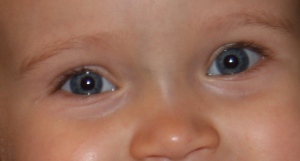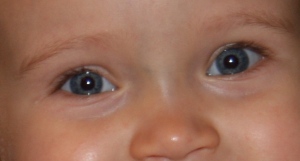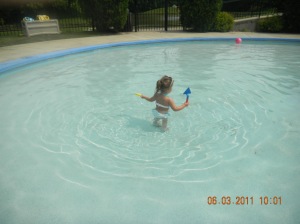Carseat safety is really a no -brainer…carseats for infants and children are mandatory and they save lives.
For the newborn, infant, toddler and pre-schooler it seems fairly simple to buy a carseat and have it installed or install it yourself. But as your child gets older things start to become somewhat muddy…like when do you transfer your older child to a booster seat and then to the seatbelt system in the car?
If you have a child not leave this post without linking to the carseat blog for actual visuals of the 5-Step Test and how to do it.
What is the 5-Step Test?
It is actually the only way to make sure that your child is protected by a car’s lap/shoulder seatbelt system and therefore may not nee a booster seat or child restraint system. Weight and age are actually meaningless factors for determining if a seatbelt fits a child correctly.
Here are the five questions:
Taking the 5-Step Test is quick and simple. Have the child buckle up in the vehicle and then answer these 5 questions:
1. Does the child sit all the way back on the vehicle seat?
2. Are knees bent comfortably at the edge of the vehicle seat?
3. Does seatbelt cross the shoulder properly? (it should be centered over the collar bone)
4. Is the lap portion of the seatbelt low – touching the thighs?
5. Can the child stay seated this way for the entire ride, every ride (awake and asleep)?
Bonus step – feet planted firmly on floor
via The 5-Step Test.






